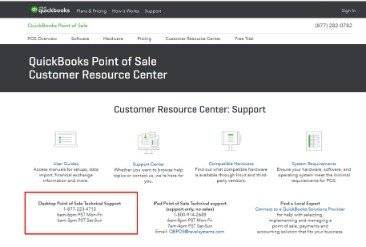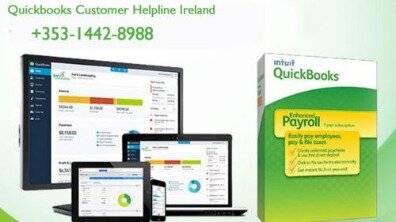Content

For 2023, the Social Security tax rate remains 6.2%, and the Medicare tax remains at 1.45% for all wages. Additionally, any earnings in excess of $200,000 will be taxed an additional 0.9% Medicare tax. The tax rates shown above do not include this additional 0.9%. More information about this tax can be found at 2023 Social Security Changes – COLA Fact Sheet. Qualified small business payroll tax credit for increasing research activities . Monthly schedule depositors and semiweekly schedule depositors must account for nonrefundable credits claimed on lines 11a, 11b, and 11d when reporting their tax liabilities on line 16 or Schedule B .

You also authorize your designee to do all of the following. If line 15 is under $1, we will send a refund or apply it to your next return only if you ask us in writing to do so. If line 12 is more than line 13g, enter the difference on line 14.
How do employers calculate payroll tax?
If you’re a monthly schedule depositor and accumulate a $100,000 tax liability on any day during the deposit period, you become a semiweekly schedule depositor on the next day and remain so for at least the rest of the calendar year and for the following calendar year. See $100,000 Next-Day Deposit Rule in section 11 of Pub. The $100,000 tax liability threshold requiring a next-day deposit is determined before you consider any reduction of your liability for nonrefundable credits.

Federal government websites often end in .gov or .mil. Before sharing sensitive information, make sure you’re on a federal government site. Use the “Add by URL” function to import an ICS file of the GSA Payroll Calendar to your Google Calendar. Follow these instructions Word [DOC KB] or PDF [PDF KB] with step-by-step screenshots.
What are the advantages of a manual payroll system?
Additional Medicare Tax is only imposed on the employee. There is no employer share of Additional Medicare Tax. All wages that are subject to Medicare tax are subject to Additional Medicare Tax withholding if paid in excess of the $200,000 withholding threshold. The credit for qualified sick leave wages and qualified family leave wages is increased to cover the qualified health plan expenses that are properly allocable to the qualified leave wages for which the credit is allowed. These qualified health plan expenses are amounts paid or incurred by the employer to provide and maintain a group health plan but only to the extent such amounts are excluded from the employees’ income as coverage under an accident or health plan. The amount of qualified health plan expenses generally includes both the portion of the cost paid by the employer and the portion of the cost paid by the employee with pre-tax salary reduction contributions.
- Encouraging input in shaping payroll policies may boost employee morale.
- All states have their own unemployment tax under the SUTA, or State Unemployment Tax Act.
- For pre-tax FSA deductions to occur in 2022, new elections must be made during the Open Season from Monday, November 8 through Monday, December 13, 2021.
- The rate of Medicare tax is 1.45% (0.0145) each for the employer and employee or 2.9% (0.029) for both.
Software can handle complex tax regulations, including new forms and requirements. Companies can offload all payroll tax filings and deposits confidently. Software can also take on the challenges of multi-state taxation, preparation and printing of W-2 forms, and determination of tax jurisdictions. Note that the Social Security tax liability is based on a taxable wage base of $137,700; employees who make more than that are taxed for only the first $137,000 earned annually. In addition, FICA taxes are a shared liability between employer and employee. That means an employer has to match the amount an employee remits to the government.
What is payroll tax?
Some How To Do Payroll In 2021es pay their employees at the end of every week, while others pay every two weeks or at the end of every month. Determine what makes the most sense for your business, but keep in mind that labor laws in your area may specify mandatory intervals for payment. Find out what you need to know to run payroll manually for your employees.
What is the first step when setting up payroll?
- Step 1: Establish your employer identification number.
- Step 2: Collect relevant employee tax information.
- Step 3: Choose a payroll schedule.
- Step 4: Calculate gross pay.
- Step 5: Determine each employee's deductions.
- Step 6: Calculate net pay, and pay your employees.
Whether you pay your employees by printing off checks and distributing them, or you use direct deposit, make sure your payroll calculations have been done in time to pay everyone on the same date. Includes information about calculating hours, wages, and deductions, as well as frequently asked questions. Calculating payroll taxes manually is very easy as long as you have all of the right information. Pay for any additional duty positions/jobs such as hourly clerical, community use, etc. is also paid two weeks in arrears, on the same pay dates as regular pay, and in a separate payment. For example, additional duties worked during a two week pay period beginning on Saturday the 1st and ending on Friday the 14th, is paid on Friday the 28th. Pay for any additional duty positions/jobs such as curriculum development, test proctoring, etc. are paid one month in arrears and in a separate payment.
